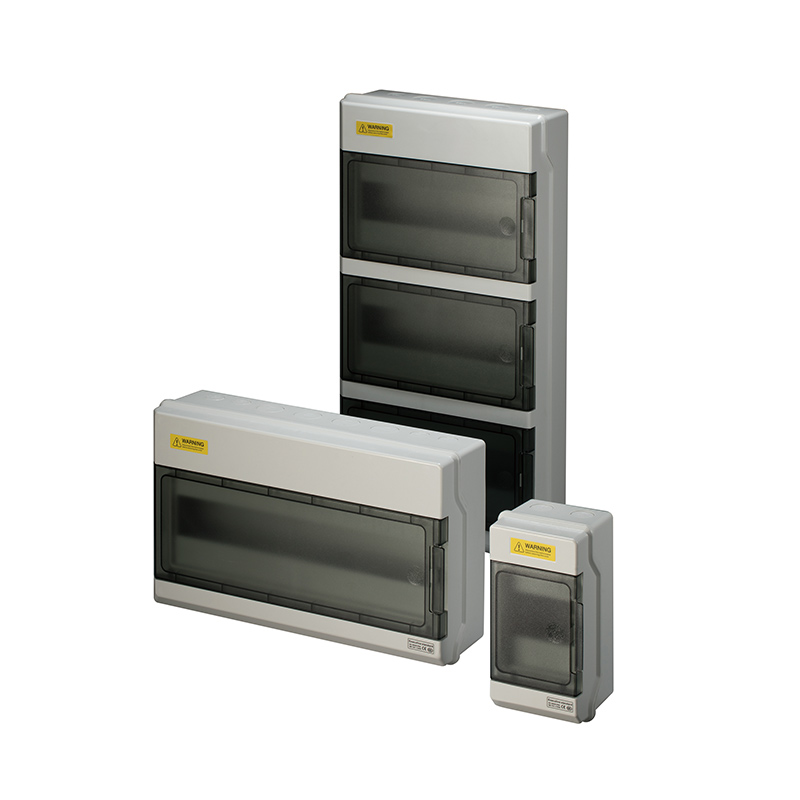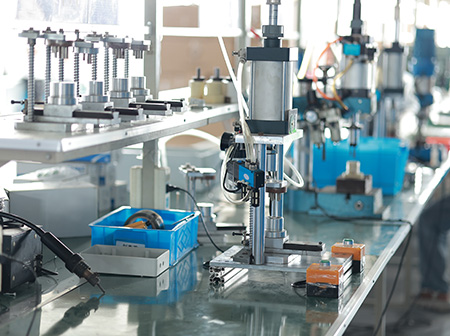Selecting the right distribution box is crucial for ensuring electrical safety and efficiency in any setup. Two common materials—plastic and metal—dominate the market, but picking between them depends on your specific needs. Let’s simplify the decision-making process.
For outdoor settings with moisture, humidity, or corrosive substances (like near coastal areas or chemical plants), plastic distribution boxes often excel. They resist rust and corrosion better than metal, which can deteriorate over time in such conditions.
In industrial environments with high temperatures, heavy machinery, or potential impacts, metal distribution boxes might be safer. Metal handles heat more effectively and offers stronger physical protection against bumps or drops.

The material also influences how well a distribution box handles electrical demands and safety risks.
Metal is a conductor, so metal distribution boxes can sometimes interfere with sensitive electrical signals or create grounding concerns if not properly insulated. Plastic, being non-conductive, eliminates these issues, making it safer for setups with delicate electronics or where electrical isolation is key.
In terms of fire safety, metal has a higher melting point than most plastics. This means metal distribution boxes are less likely to melt or catch fire in extreme heat scenarios, such as near industrial ovens or in circuits with high current loads that could overheat. Plastic boxes, while often treated for flame resistance, still have lower thermal stability compared to metal.
Plastic distribution boxes typically have a lower upfront cost. They’re a cost-effective choice for smaller projects or setups where the box won’t face extreme wear.
Metal distribution boxes, while sometimes pricier initially, often last longer. Their durability means you might replace them less frequently, which can save money over many years—especially in demanding environments.
Plastic distribution boxes are lighter, making them simpler to install, especially in locations where heavy lifting is a challenge. They also don’t require anti-corrosion treatments (unlike some metals), which simplifies maintenance.
Metal distribution boxes are sturdier, so they might need more tools for modifications or repairs. However, their strength means they’re less likely to get damaged during routine maintenance tasks.
There’s no one-size-fits-all answer. If you need corrosion resistance for outdoor use, electrical isolation, or a budget-friendly option, plastic could be best. If you prioritize durability, heat resistance, fire safety, or heavy-duty protection, metal might suit you better.
If you’re seeking high-quality plastic distribution boxes that meet the outdoor corrosion resistance, electrical safety isolation, and easy maintenance needs discussed above, visit our product page to discover solutions tailored to your project requirements.

